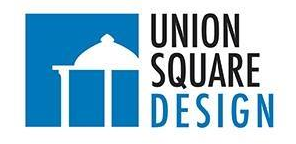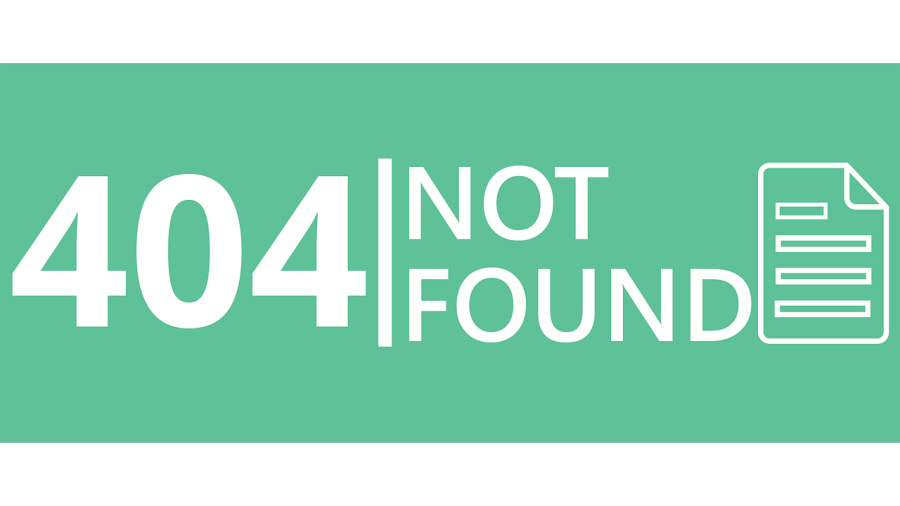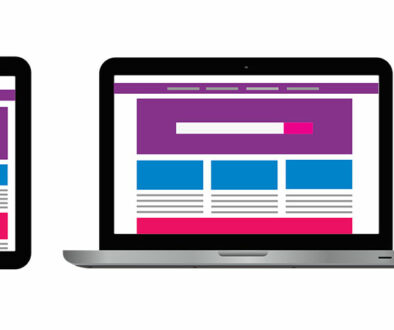What’s the 404? Not Found, but Not Forgotten
So you made a mistake. It’s alright it happens to us all. You thought you had memorized the whole URL perfectly. Or maybe the URL doesn’t exist? Whatever you need to tell yourself to sleep at night you ended up on an Error 404: Page Not Found page. As a visitor to a website this page is always aggravating to find yourself on. As a web designer it is a necessary page to make.
Why are Error Pages Important
There are two reasons the 404 error page is necessary. One is to let the visitor of your website know they made a mistake and what they are looks for doesn’t exist. The second is to guide them onto a page that may help them out. The second one is important, so the visitor doesn’t get mad and leave your website.
How did you get here?
So you found the error page section of the website. How did you get here? It isn’t because you’re a bad person, but it maybe because of a few common mistakes that led you here.
The first one is you spelled something wrong. Website URLs can be tough to remember especially when you start adding numbers and symbols. The easiest way to fix this error is to look at what you typed.
The second mistake people make is non-existing search engine data. This means it’s not actually your fault. Congratulations. Your parents would be so proud. What it means is the website you’re visiting doesn’t have the correct search information for Google or another search engine to find the page.
The final mistake is a broken link. This is again the websites fault. You can pat yourself on the back you want…alright that’s enough. What this means is that there is a link or information missing that the webmaster hasn’t been altered of yet.
Important Information to get out of an Error Page
As a web design you should design the 404 error page a certain way. There are some must haves if it is going to be effective in getting the visitor to what they want. They are all ways to get the visitor off this page as fast as possible.
The first is a link to the sitemap or to the main page. This link will make the visitor just start over again or search for something else.
The second is a search bar, so the visitor can just type in exactly what they want and it will take them to Google or another search engine.
The final one is to keep the error page as simple in design as possible. Strip it of all the distractions of the other pages of the site and make it so people don’t want to be there.
Conclusion
No one really likes error pages. Sure sometimes they are fun to look at, but it means someone isn’t doing job properly. So the quicker you can get off the page or fix the problem the better your website can function.





